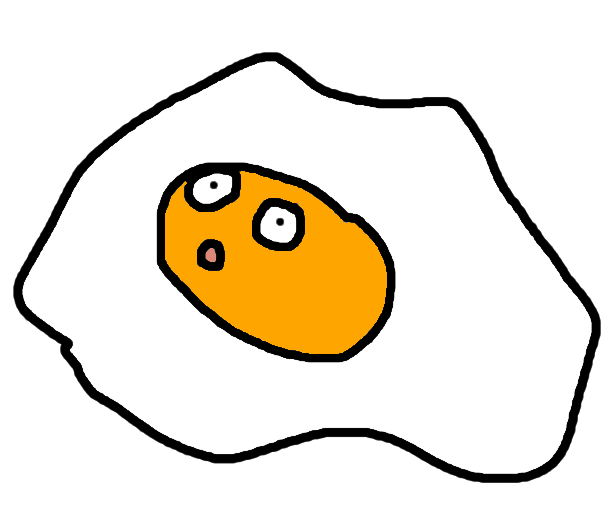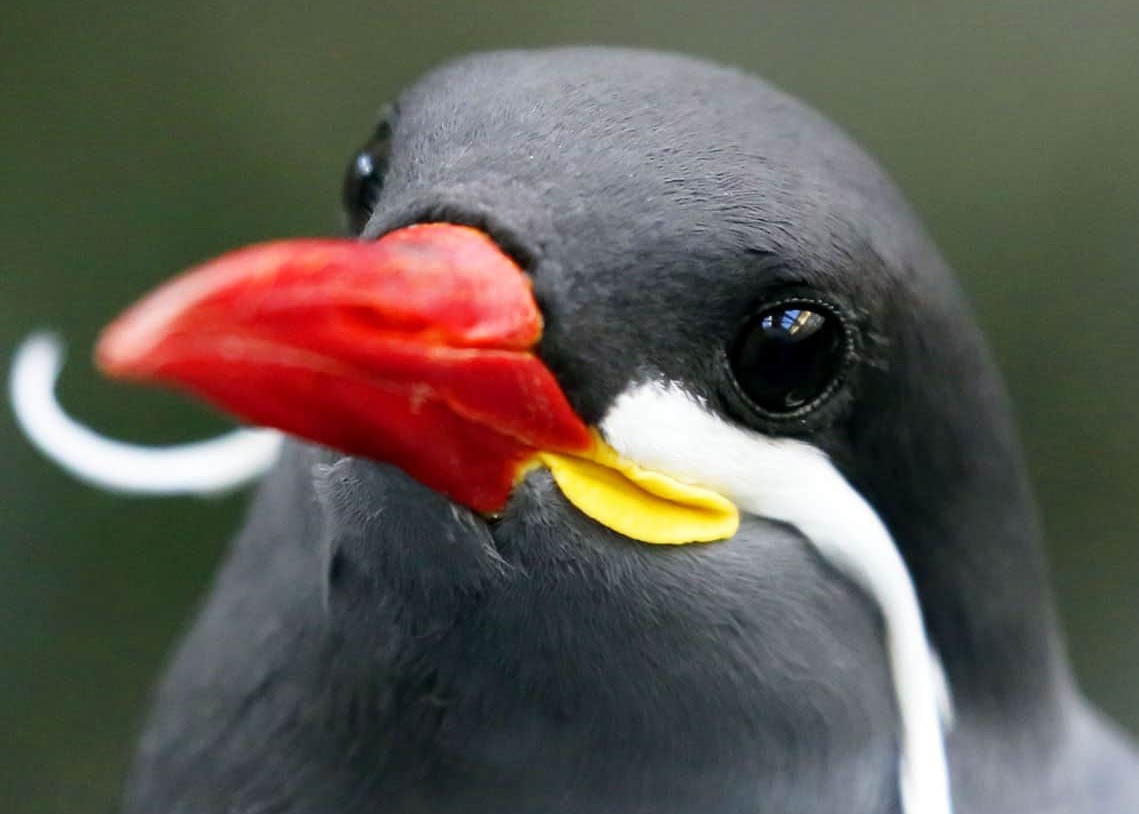Cloudhopper
Cloudhoppers are a small flying animal species native to Poen, a planet in the Andromeda Galaxy. Their ecological niche is finding a new niche within other ecosystems, specifically on other planets. They are an invasive species on over two million planets in the Andromeda Galaxy and the Milky Way, stowing away on spacecrafts.
They are a magical species, using hydromagical powers to walk on water vapour in the atmosphere. They nest in clouds and have influence over storms.
Taxonomy
Millions of subspecies have been identified, as a result of adapting to the various climates on different planets.
Anatomy

These creatures have short bodies with six legs and a large head. They are typically white in colouration, with tiny glistening scales, giving a silky smooth appearance. Their gums and paw-pads are black, and they have black splotches around their eyes and ears.
Cloudhoppers also have large whiskers used for detecting magical energy in the atmosphere. They are constantly vibrating, increasing in vibrations with stronger surrounding energy.
Cloudhoppers have a long tail with a blue tip. The tail aids in balance as these animals dance around water vapour in the atmosphere. Between their six legs are stretches of skin known as the patagium. They glide through the air with this skin.
Diet
Cloudhoppers have an open-ended diet, capable of digesting most biological organisms. There are few toxins clodhoppers cannot ingest, too. This makes them easy to adapt to new planets, for they always have a food source. Other small flying organisms, insects and other invertebrates typically make up their diets.
Reproduction & Growth
Cloudhopper Nests
Cloudhopper nests are very large compared to animal's size. The nests can measure up to ten feet in diameter, and are constructed out of clouds themselves. Cloudhoppers break up clouds into strands and weave them together to form intricate nests. Since cloudhoppers can walk right through clouds, these nests provide no protection and serve as a personal preference for the animals.Cloudhoppers are rather protective of their offspring. Giving live birth to up to twenty babies at once, these animals have about three litters a year.
Baby cloudhoppers are adventurous, and parents will chew off their whiskers in order to keep them close by. The lack of whiskers stunts their adventurous instincts, since the whiskers aid in navigation. Baby cloudhoppers are encouraged to explore the ground, before spending their adult lives exclusively in the upper atmospheres. This is where they often trap themselves within spacecrafts; scientists have theorised the unusual sound patterns, smells, and sights of spacecrafts entice baby cloudhoppers.
Habitat
While cloudhoppers are a well-adaptable species, they do not thrive on hotter planets. Consistent temperatures over 60 degrees Celsius are avoided, although muggier, wetter climates can entice them. Cold climates are enjoyable for the species.
Millions of cloudhopper subspecies have evolved to handle all the countless micro-changes in the atmospheres of different planets. These individual taxonomic branches have been extensively studied, and the rate of adaptation has led scientists to believe cloudhoppers may be a hyper-adaptive species.
Baby cloudhoppers jump around the tops of trees, particularly around tropical rainforests. They will stand out in large colonies during rainstorms, staring idly up at the atmosphere. Adult cloudhoppers leave the ground level and spend the rest of their lives around cloud levels.












Your description of these little guys is so vivid they are now hopping on my mind searching for adventure! I really loved the way they create their nests by weaving clouds. And the young ones are so full of life and joy <3
Come visit my world of Kena'an for tales of fantasy and magic!
Or, if you want something darker, Crux Umbra awaits.
aww, thank you so much! <3